- No products in the cart.
Glimepiride 2mg tab 30 pcs ozone
$4.04
Glimepiride 2mg tab 30 pcs ozone
Description
Composition
Active substance:
1 mg 1 tablet contains: glimepiride – 1.00 mg; 2 mg 1 tablet contains: glimepiride – 2.00 mg; 1 tablet contains 3 mg: glimepiride – 3.00 mg; 4 mg 1 tablet contains: glimepiride – 4.00 mg ;.
Product form:
Tablets 1 mg, 2 mg, 3 mg, 4 mg. 10, 25, 30 or 50 tablets in blisters of PVC film and aluminum foil printed patent. 10, 20, 30, 40, 50, 60, 70, 80, 90, 100 or 120 tablets in banks of PET for drugs sealed with lids screw-with the control of the first opening or the system “push-turn” of polypropylene or polyethylene, or polypropylene jars for drugs sealed with lids tensioned to control the first opening of polyethylene or polypropylene jars for drugs sealed with lids tensioned to control the first opening of the high-pressure polyethylene. One jar or 1, 2, 3, 4, 6, 9 or 12 contour cell packages together with instructions for use placed in a cardboard box (pack).
Contraindications
– Diabetes mellitus type 1; – diabetic ketoacidosis, diabetic coma and precoma; – severe liver function abnormalities (no clinical experience); – severe renal dysfunction, including in patients on hemodialysis (lack of clinical application of experience); – lactose intolerance, lactase deficiency, glucose-galactose malabsorption; – pregnancy; – breast-feeding; – Children up to age 18; – hypersensitivity to glimepiride or any inactive components of the drug to other sulfonylureas or sulfanilamides (risk of hypersensitivity reactions).
Dosage
2 mg
Indications
Type 2 diabetes mellitus (in monotherapy or in combination therapy with metformin, or insulin).
pharmachologic effect
Pharmacological group:
Hypoglycemic agent for oral use group III generation sulfonylureas.
ATC code A10VV12.
Pharmacological properties:
Glimepiride lowers blood glucose concentration mainly by stimulating release of insulin from pancreatic beta cells. Its effect is mainly linked to the improvement of the ability of pancreatic beta cells respond to physiological glucose stimulation. Compared with glibenclamide, glimepiride receiving low doses causes the release of a smaller amount of insulin in achieving approximately the same reduction in blood glucose concentration. This fact testifies in favor of a extrapancreatic glimepiride hypoglycemic effects (increased sensitivity to insulin and insulinomimetichesky effect). Secretion of insulin. Like all other sulfonylurea, glimepiride regulates insulin secretion by interaction with the ATP-sensitive potassium channels in the membranes of the beta cells. Unlike other sulfonylureas, glimepiride selectively binds to a protein having a molecular weight of 65 kDa located in the membranes of the pancreatic beta cells. This interaction with glimepiride binding protein with it regulates the opening or closure of ATP-sensitive potassium channels. Glimepiride closes potassium channels. This causes a depolarization of the beta cells leads to the opening of voltage-sensitive calcium channels and calcium entry into the cell. As a result, an increase in intracellular calcium concentration activates secretion of insulin by exocytosis. Glimepiride is much faster and therefore more likely to enter into bond and is released from the connection with the binding protein with him, chemglibenklamid. It is expected that this high rate of glimepiride exchange property with the binding protein causes him it pronounced effect sensitization of beta cells to glucose, and their protection from desensitization and premature exhaustion. The effect of increasing insulin sensitivity. Glimepiride increases the effects of insulin on glucose uptake by peripheral tissues. Insulinomimetichesky effect. Glimepiride has effects similar to the effects of insulin on glucose uptake by peripheral tissues and glucose output from the liver. Glucose uptake by peripheral tissues is carried out by its transport into the muscle cells and adipocytes. Glimepiride directly increases the amount of glucose transporter molecules in the plasma membranes of adipocytes and muscle cells. Increased glucose Incoming inside cells leads to activation of glycosylphosphatidylinositol-specific phospholipase C. The resulting intracellular calcium concentration is reduced, causing a decrease in the activity of protein kinase A, which in turn leads to stimulation of glucose metabolism. Glimepiride inhibits glucose output from the liver by increasing the concentration of fructose 2,6-bisphosphate, which inhibits gluconeogenesis. Effect on platelet aggregation. Glimepiride reduces platelet aggregation in vitro and in vivo. This effect is apparently due to selective inhibition of cyclooxygenase responsible for the formation of thromboxane, an important endogenous platelet aggregation factor. Anti-atherogenic effect of the drug. Glimepiride helps normalize lipid content, reduces the content of malonaldehyde in the blood, which leads to a significant reduction in lipid peroxidation. In animals, glimepiride leads to a significant reduction in the formation of atherosclerotic plaques. Reducing the severity of oxidative stress, which is always present in patients with type 2 diabetes. Glimepiride increases the content of endogenous alpha-tocopherol, catalase, glutathione peroxidase and superoxide dismutase. Cardiovascular effects. Through ATP-sensitive potassium channels (see. Above) sulfonylurea derivatives also have an effect on the cardiovascular system. Compared with conventional sulfonylureas, glimepiride has significantly less effect on the cardiovascular system that may be due to the specific nature of its interaction with the protein binding with him the ATP-sensitive potassium channels. In healthy volunteers, the minimum effective dose of glimepiride is 0.6 mg. The effect of glimepiride is dose-dependent and reproducible. The physiological response to physical stress (reduced insulin secretion) is stored when receiving glimepiride. There are no significant differences in effect depending on whether the drug was passed for 30 minutes before a meal or immediately before a meal. Patients with diabetes can achieve adequate metabolic control over 24 hours after a single dose. In a clinical study, 12 of 16 patients with renal failure (creatinine clearance 4-79 ml / min) was also achieved adequate metabolic control. Combination therapy with metformin. In patients with inadequate metabolic control in the application of the maximum dose of glimepiride can be started combination therapy with glimepiride and metformin. In two studies during combination therapy has been proven improvement of metabolic control as compared with that in the treatment of each of these drugs alone. Combination therapy with insulin. In patients with inadequate metabolic control in the application of the maximum dose of glimepiride can be started simultaneously with insulin therapy. According to the results of two studies in the application of this combination produces the same improvement in metabolic control as when using only one insulin; However, the combination therapy requires a lower dose of insulin. Use in children. There is insufficient data on the long-term effectiveness and safety of the drug in children.
Conditions of supply of pharmacies
Prescription.
Dosing and Administration
Tablets glimepiride drug taken orally, as a whole, without chewing, with a sufficient amount of liquid (about 0.5 cups). If necessary, the tablet can be divided along the risks into two equal parts. Typically, the dose glimepiride determined target blood glucose concentration. It should apply the lowest amount sufficient to achieve the necessary metabolic control. During treatment with glimepiride should regularly determine the concentration of glucose in the blood. In addition, we recommend regular monitoring of glycated hemoglobin. Incorrect reception of preparation, for example, skipping a next dose should never be replenished by subsequently receiving the higher dose. Actions patient with mistakes while taking the drug (such as skipping receiving the next dose or skipping meals) or in situations where there is no possibility to take the drug, should be negotiated in advance of the patient and the physician. Starting dose and dose selection The initial dose is 1 mg of glimepiride 1 time per day. When necessary, the daily dose can be gradually (at intervals of 1-2 weeks) is increased. Recommended dose increase performed under regular control of blood glucose concentration according to the following dose escalation step: 1 mg 2 mg 3 mg 4 mg mg-6 (8 mg). The dose range in patients with well-controlled diabetes usually a daily dose in patients with well-controlled diabetes is 1-4 mg of glimepiride. A daily dose of more than 6 mg is more effective in only a small number of patients. dispensing mode of the drug and dose distribution during the day set doctor depending on the lifestyle of the patient at a given time (during a meal, the amount of physical activity). Typically, sufficient single dose of the drug during the day. It is recommended that in this case, the entire dose of the drug is taken immediately before a full breakfast or if it was not accepted at that time – just before the first main meal. It is very important after taking the pills do not skip meals. Since the improvement in metabolic control is associated with increased insulin sensitivity, in the course of treatment may decrease the need for glimepiride. To avoid hypoglycemia, should be promptly to reduce the dose or stop taking the drug glimepiride. Conditions that may also require adjustment of the dose: – reduction of body weight; – lifestyle changes (change of diet, meal times, amount of physical activity); – the occurrence of other factors which lead to a predisposition to the development of hypoglycemia or hyperglycemia. Duration of treatment Treatment with Glimepiride is usually carried out for a long time.
Information
Appearance may differ from that depicted in the picture. There are contraindications. You need to read the manual or consult with a specialist
Additional information
| Weight | 0.100 kg |
|---|---|
| Manufacturer | OZONE generics |

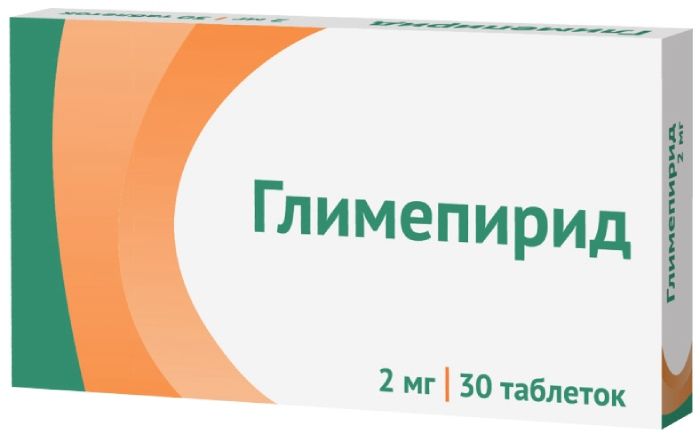
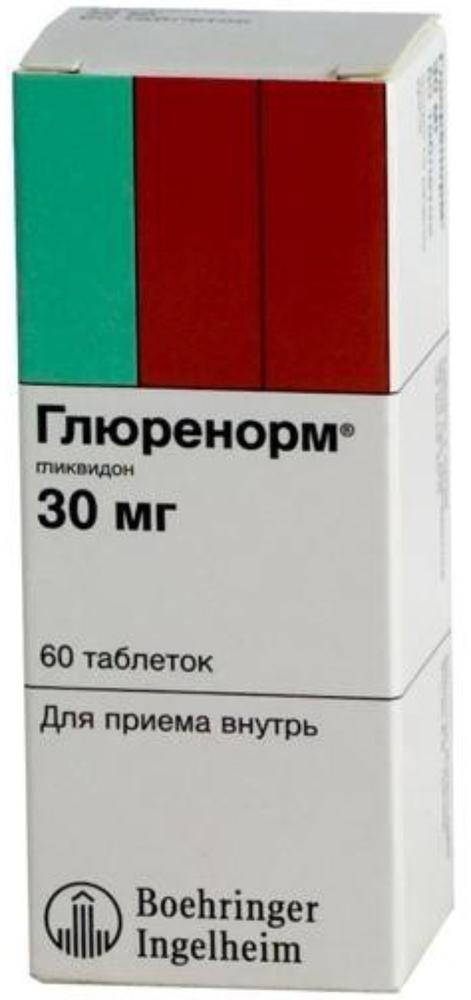
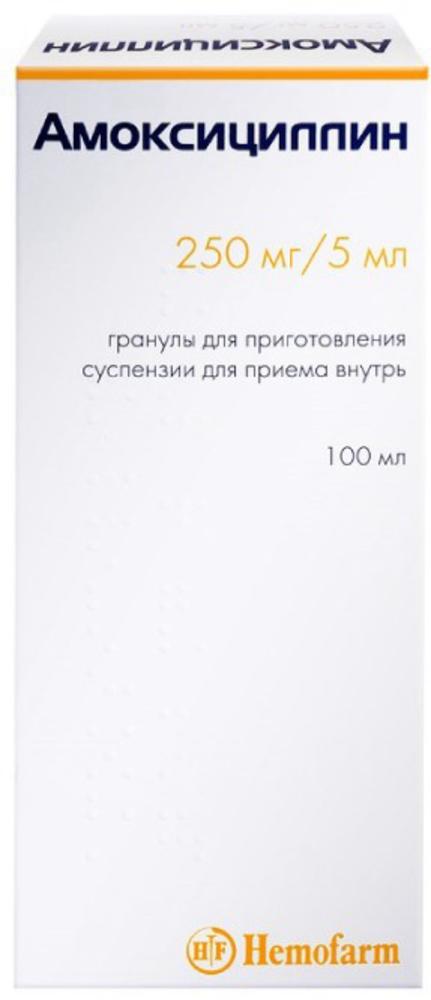

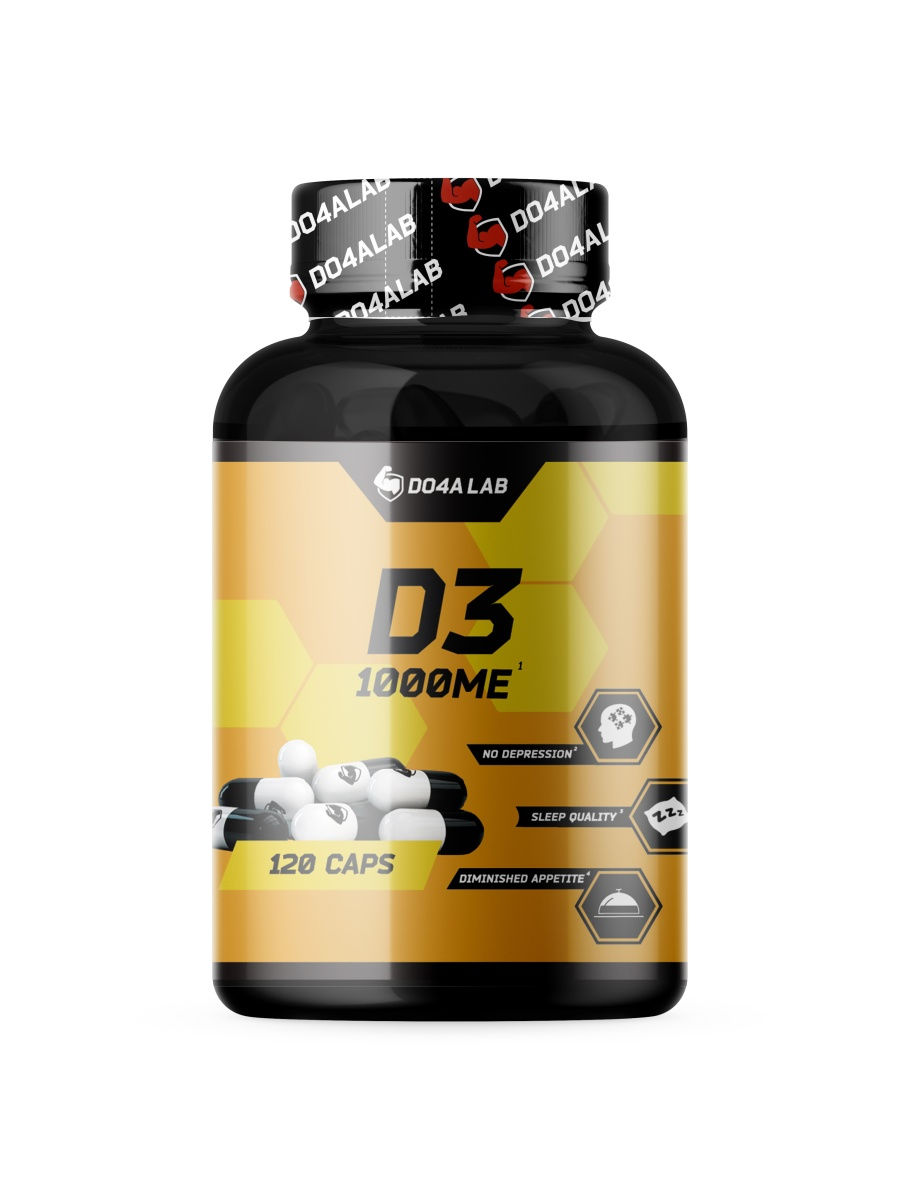


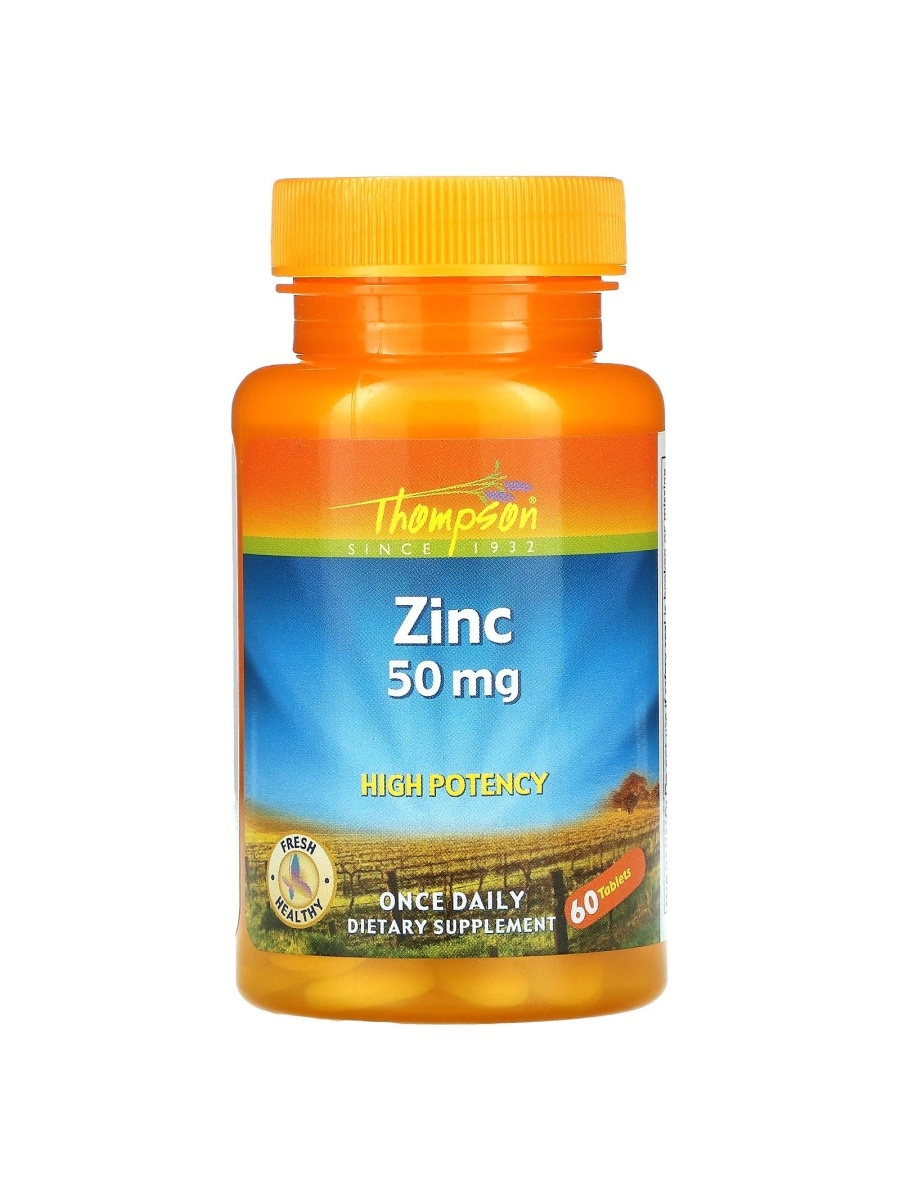




There are no reviews yet.